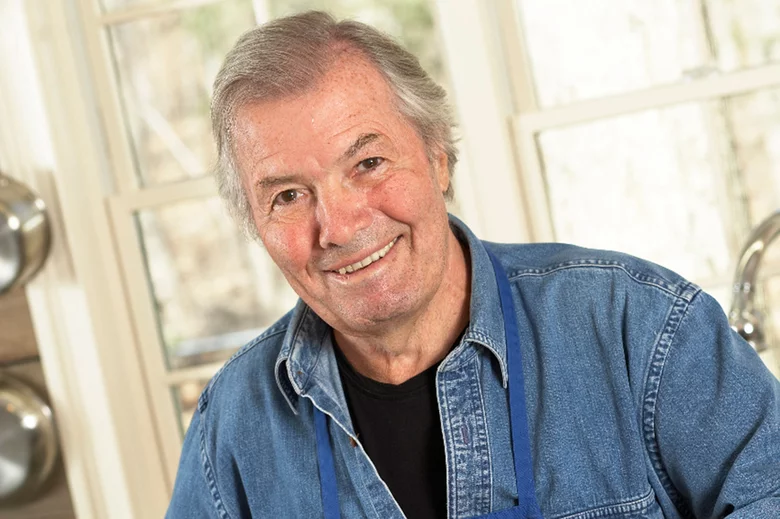 |
| Orschwihr--Copyright ZVARDON-ConseilVinsAlsace |
Many years ago I explored the little villages and towns on the famous “route du vin" in the Alsace. I was charmed by the rolling landscape of vineyards, dotted with medieval towns with cobblestone streets, castles and half-timbered houses with colorful flowering window boxes. And I was excited to see magnificent white storks nesting on rooftops.
The food in the Alsace is outstanding, two typical dishes are choucroute with sausages and sauerkraut and potatoes and flammekueche, a wood fired tart with creamy onion topping and lardons, that is like a French version of pizza. I would eat one right now if I could!
The food in the Alsace is outstanding, two typical dishes are choucroute with sausages and sauerkraut and potatoes and flammekueche, a wood fired tart with creamy onion topping and lardons, that is like a French version of pizza. I would eat one right now if I could!
The region has a German influence and shares many of the same wine varietals, but there are clear differences. While German wines tend to be lower in alcohol and sweeter, the French wines of this region are often floral, fruity, dry and richer with just a bit more alcohol, little or no oak and well priced. Needless to say, the wines of the Alsace are well worth getting to know. They have a clean and concentrated characteristic along with terrific acidity that makes them the perfect pairing for the food of the region and far beyond. Perhaps 20% of the wineries are organic or biodynamic, although as is typical in France, this isn’t something you’re likely to find on a label. Many of the best known wineries have been around for hundreds of years.
Recently I had a number of Alsatian wines at a dinner with Moroccan inspired food. The range of wines showed how they could cool warm spicy chiles, yet stand up to the richness of a creamy eggplant dip. The wines of the Alsace are labeled by the varietal and only a small percentage are ever blended. The Alsace is dominated by white wines, here are the major varietals to know:
Gewurtzraminer—aromatic with fruit, flowers and spice. It’s richer and less sweet than the German ones, but the fruitiness can make you think it’s sweeter than it is.
Pinot Gris—the Alsace is just north of Burgundy, and Pinot Gris is in some ways like the white wines of that region. It’s bold and concentrated and often has smoky aromas with spice and fruit such as ginger or peach as well as earthy notes. Whatever you do, don’t compare it to Pinot Grigio, it’s a much weightier wine.
Riesling—dry and fruity, this varietal in the Alsace has fantastic minerality and a bright citrus quality. They are much bigger wines than the ones in Germany and bit higher in alcohol too. Older ones become rich with age.
Muscat—unlike Muscat from other regions, this one is dry, and is known for being the perfect complement to asparagus. It’s full bodied, floral and citrussy.
Pinot Blanc—I have to admit, I’m generally not a big fan of Pinot Blanc. It’s creamy and subtle but doesn’t have much “star power.” That said, I had a blend of 65% Pinot Auxerrois, 20% Pinot Blanc, 15% Pinot Gris and Pinot Noir from Meyer-Fonné that was outstanding.
A few other wines:
Cremant —the Alsace is right next to Champagne and Cremant is the Alsatian bubbly wine made in the same manner. There are lovely versions made from either Pinot Blanc or Pinot Noir rather than Chardonnay and they represent 25% of wine sales from the region. They are light, refreshing, clean and make a terriific apperitif. They are also very affordable, I tried two that retail at just $20 a bottle.
Grand Cru— a relatively new designation, Grand Cru wines come from one of 51exceptional terroirs and are limited to Riesling, Muscat, Pinot Gris and Gewurtztraminer. They tend to be more elegant and complex and not surprisingly, much higher in price.
To learn more visit Wines of Alsace
Disclaimer: While I was guest at a dinner featuring the wines of the Alsace, I was not compensated monetarily for this or any other post on Cooking with Amy.







